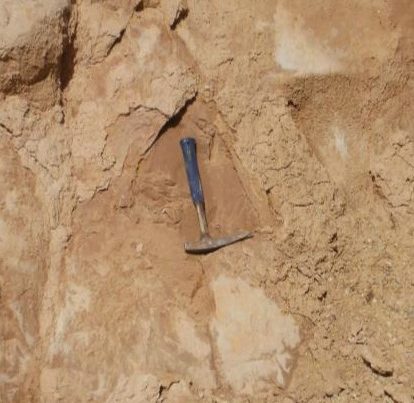By Hanaa A. Al-Gaoudi
ABSTRACT
The studied mummy cloth of Khonsuemrenep (a priest and scribe of Amun from the 21st Dynasty), had been excavated in one of the major excavations in Deir El-Bahari in Luxor 1891, the Bab El-Gasus tomb. This re-search has utilized multi-analytical approaches; including Optical Microscopy, Ultraviolet-Visible (UV-VIS) and Scanning electron microscopy SEM and EDX, Fourier-transform Infrared (FTIR), X-Ray diffraction (XRD), and Portable XRF Spectrometer (PXRF), to examine and identify the fabric characteristics, methods and materials used in the manufacturing of this textile object, assessing its condition, and to explain strate-gies of conservation processes. The results illustrated that the object fibres are linen in a very poor physical and chemical condition. The painting process had done by using a brush with a black charcoal and Arabic gum without a ground layer. The treatment procedure carried out with the object reflects a conservation strategy that currently in use at the Cairo museum in the stabilisation of fragile ancient Egyptian textiles; which includes the use of efficient low-tech solutions that require little equipment and conservation materi-als. The techniques are easily applicable and most importantly, remains reversible.
![]()



